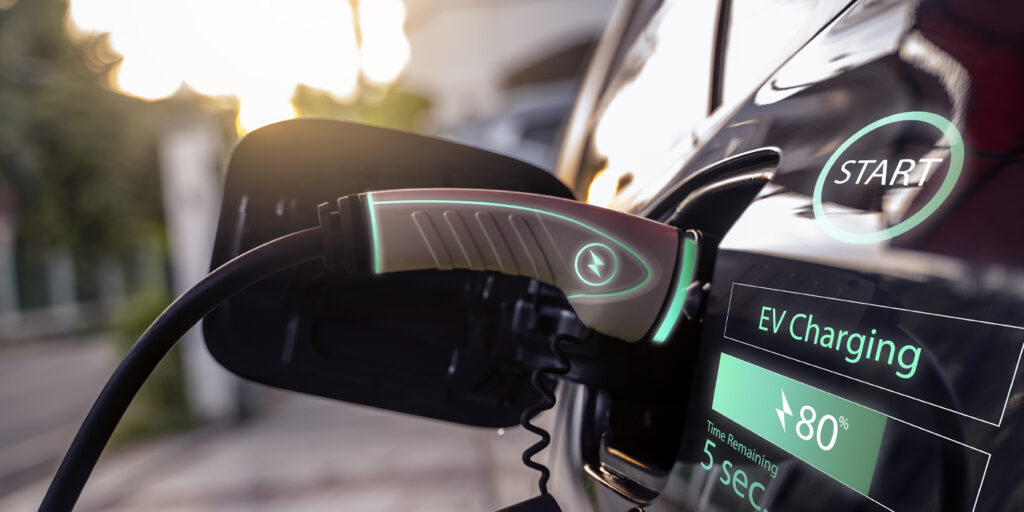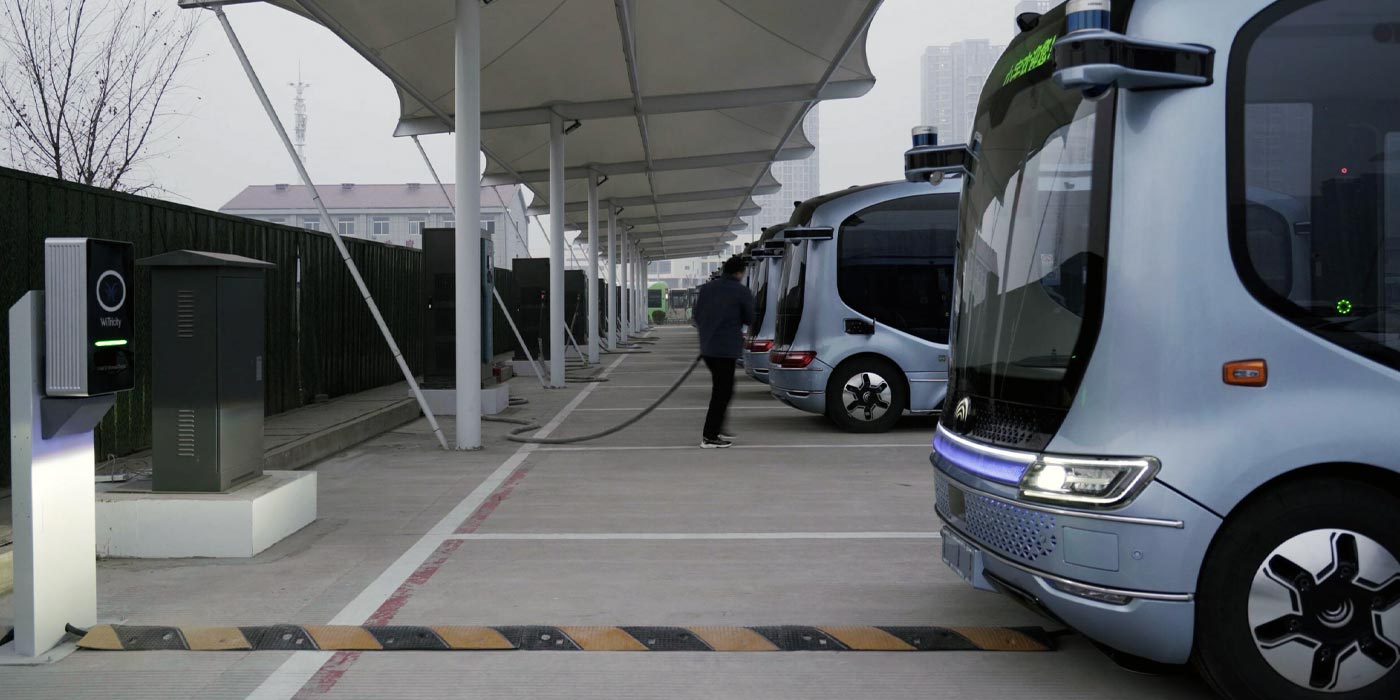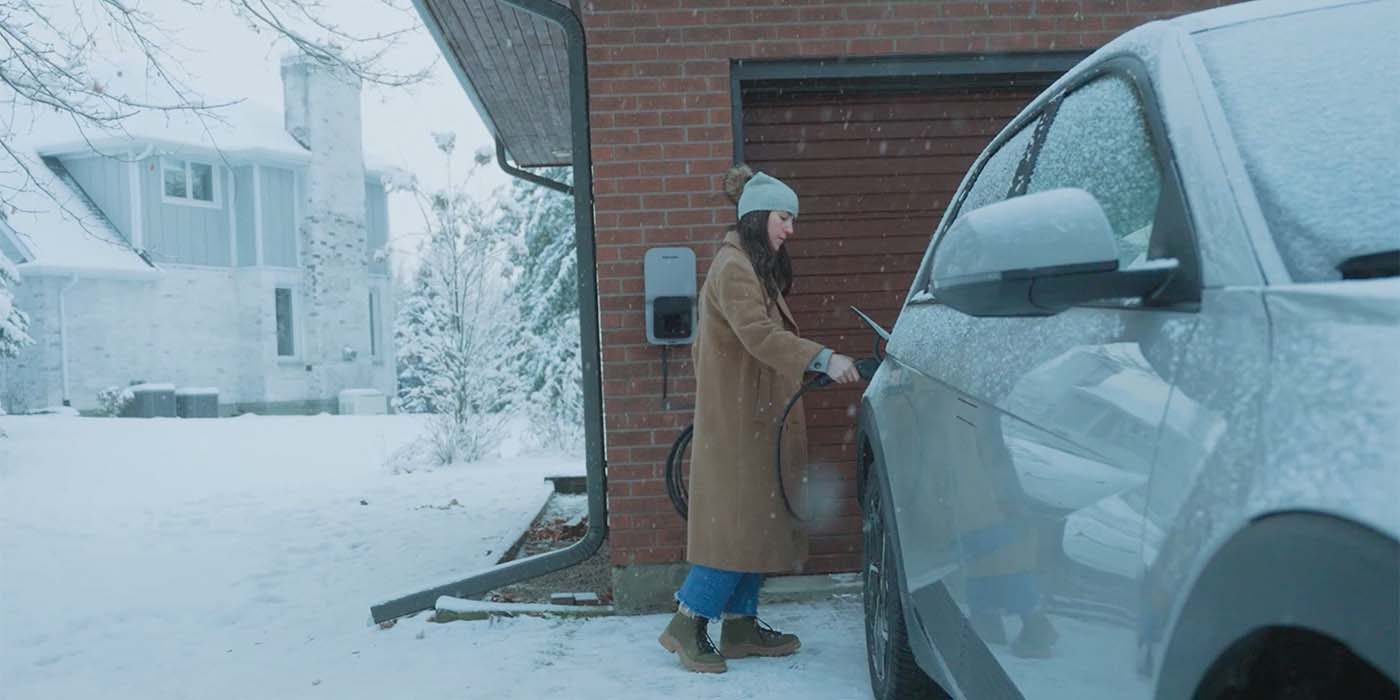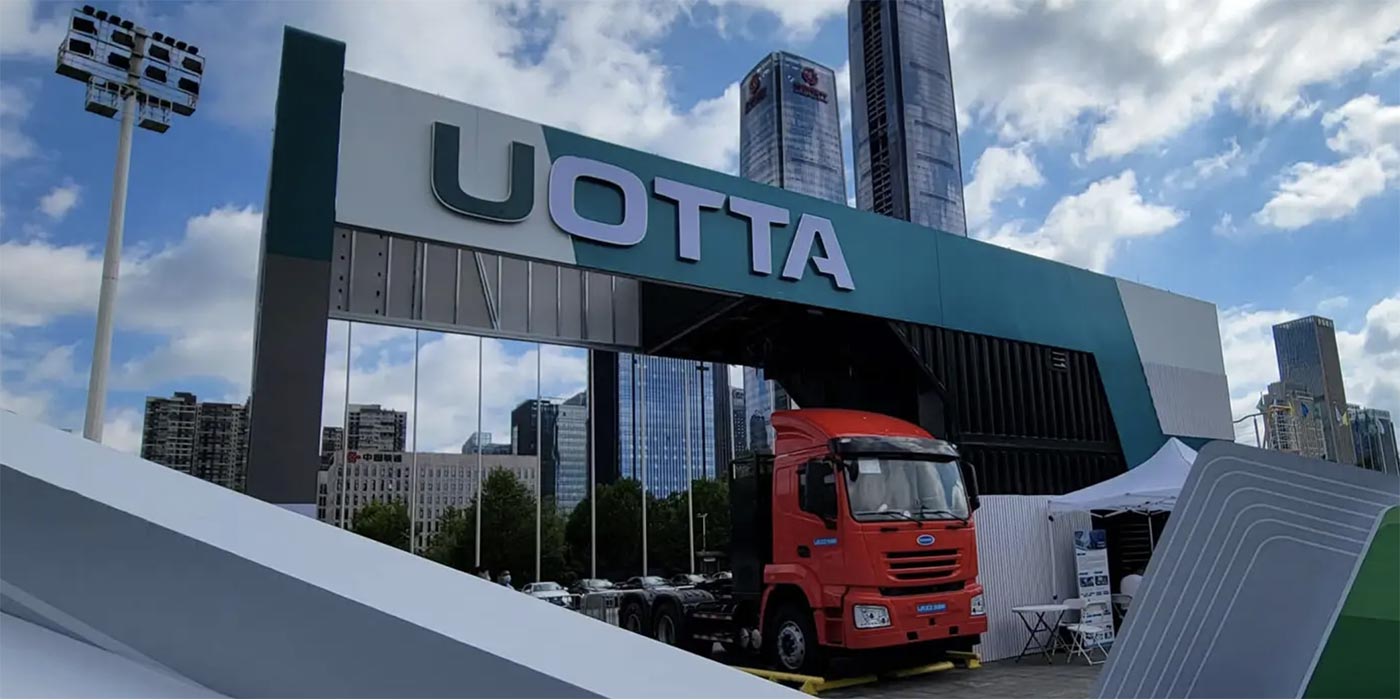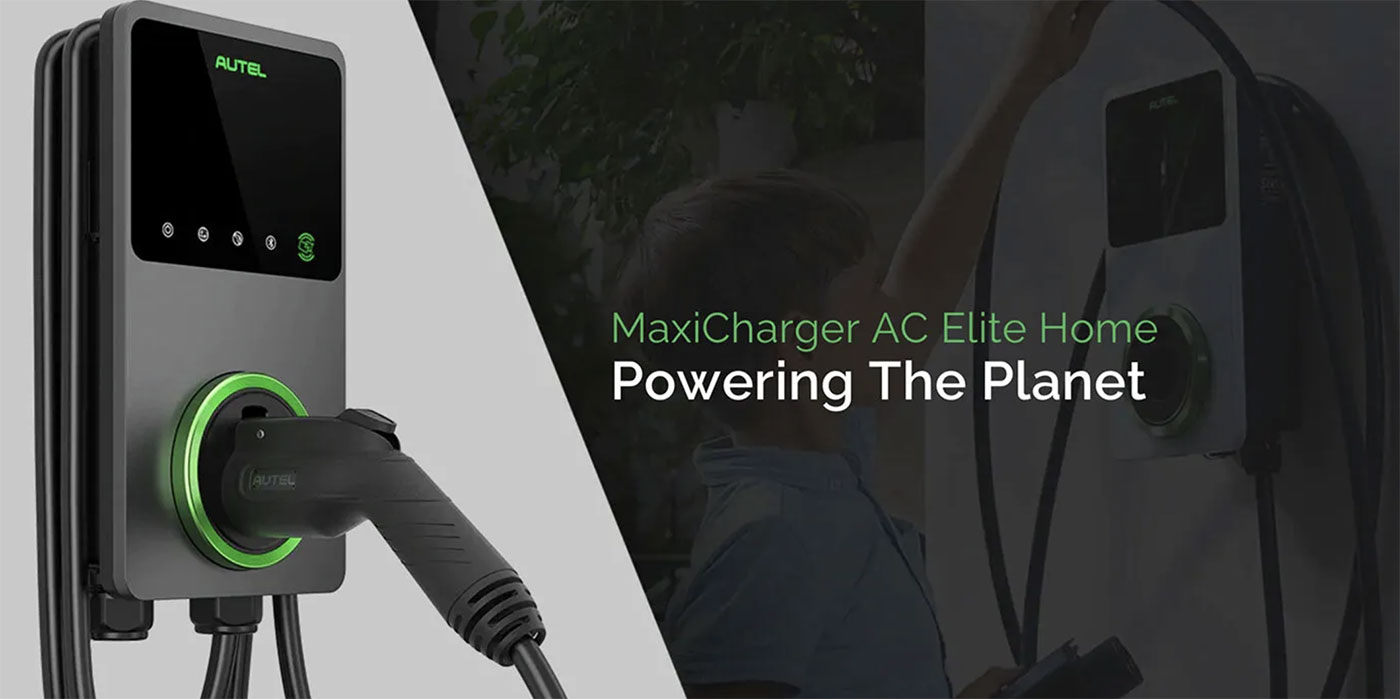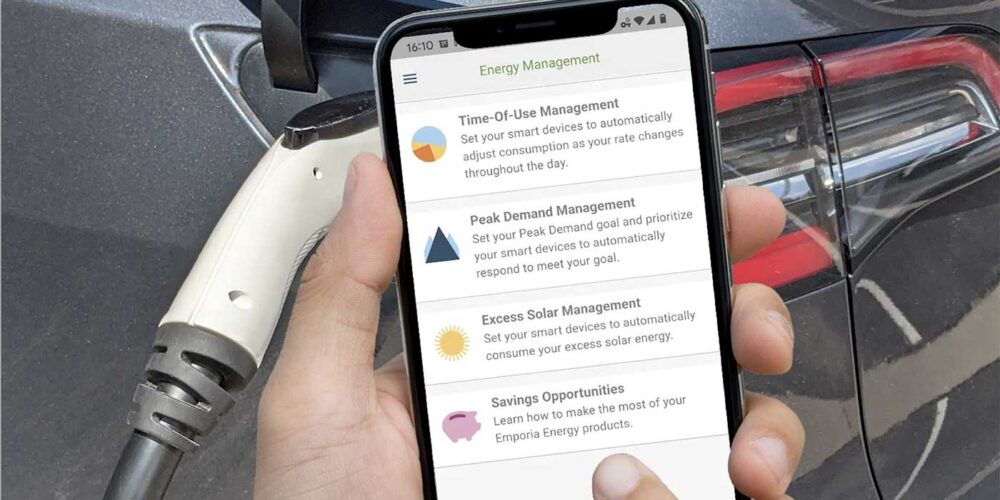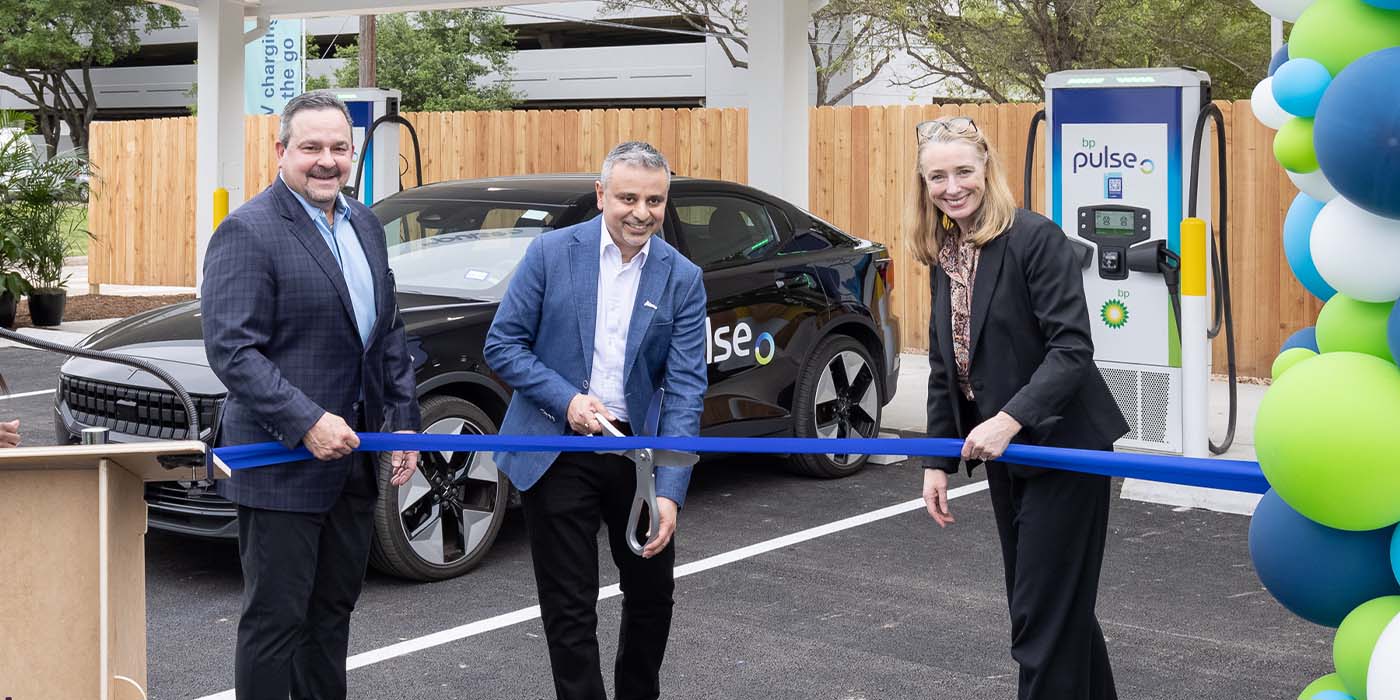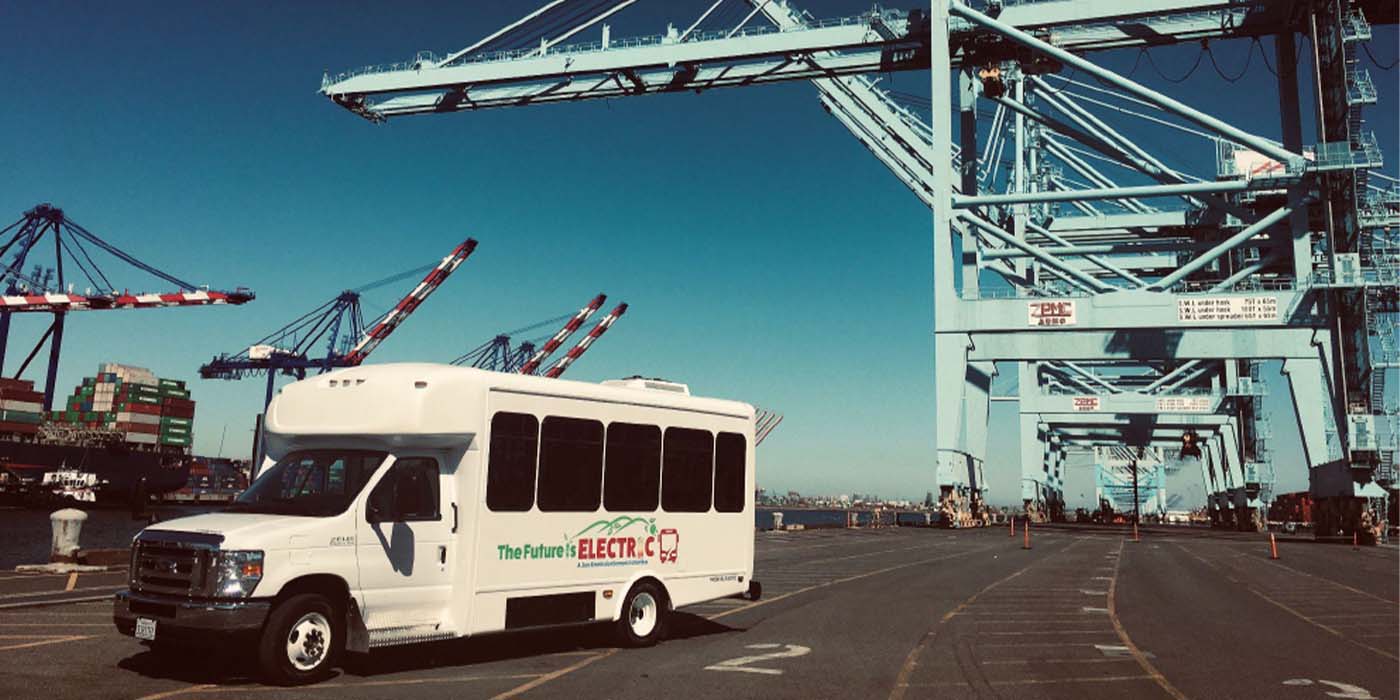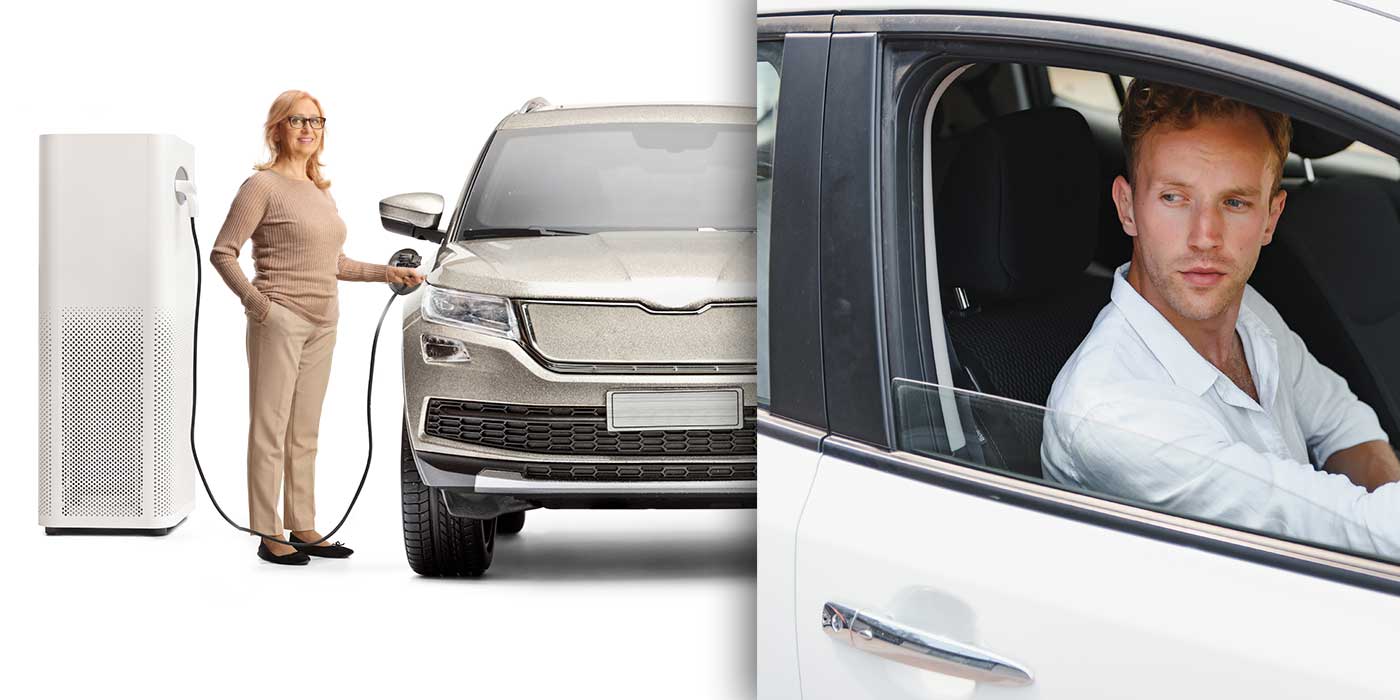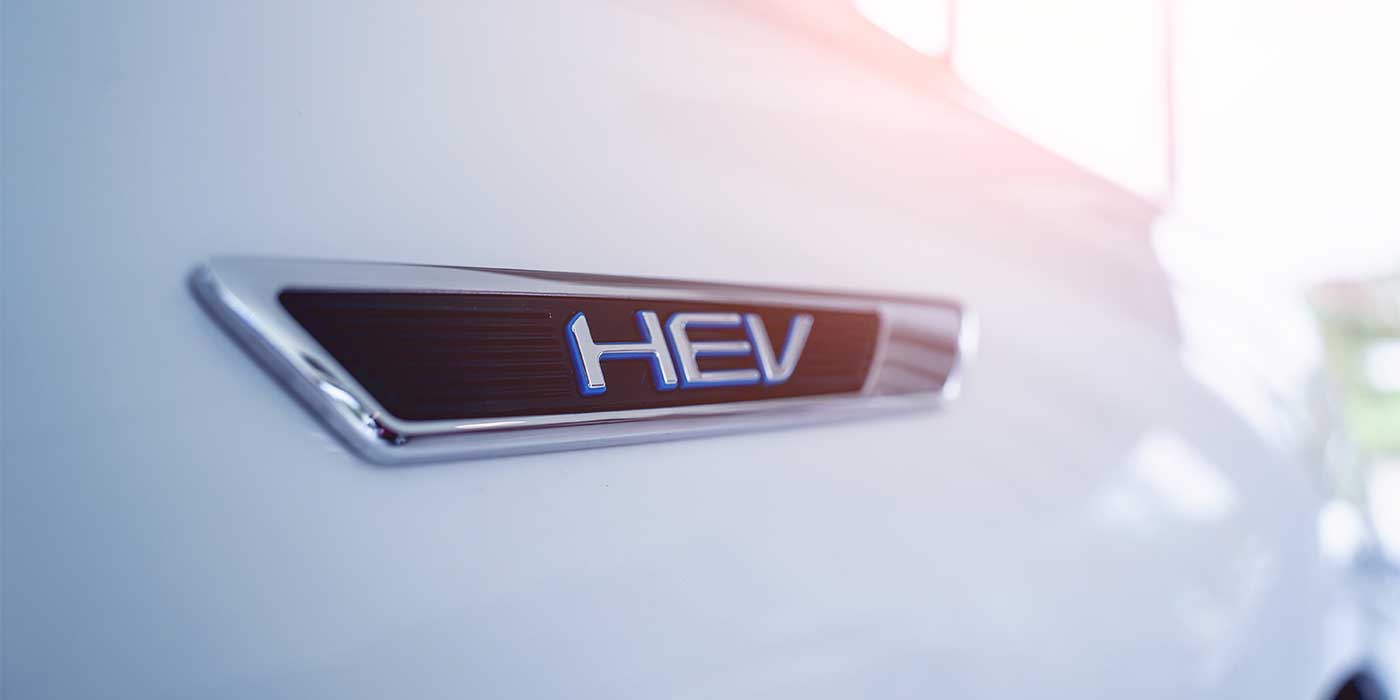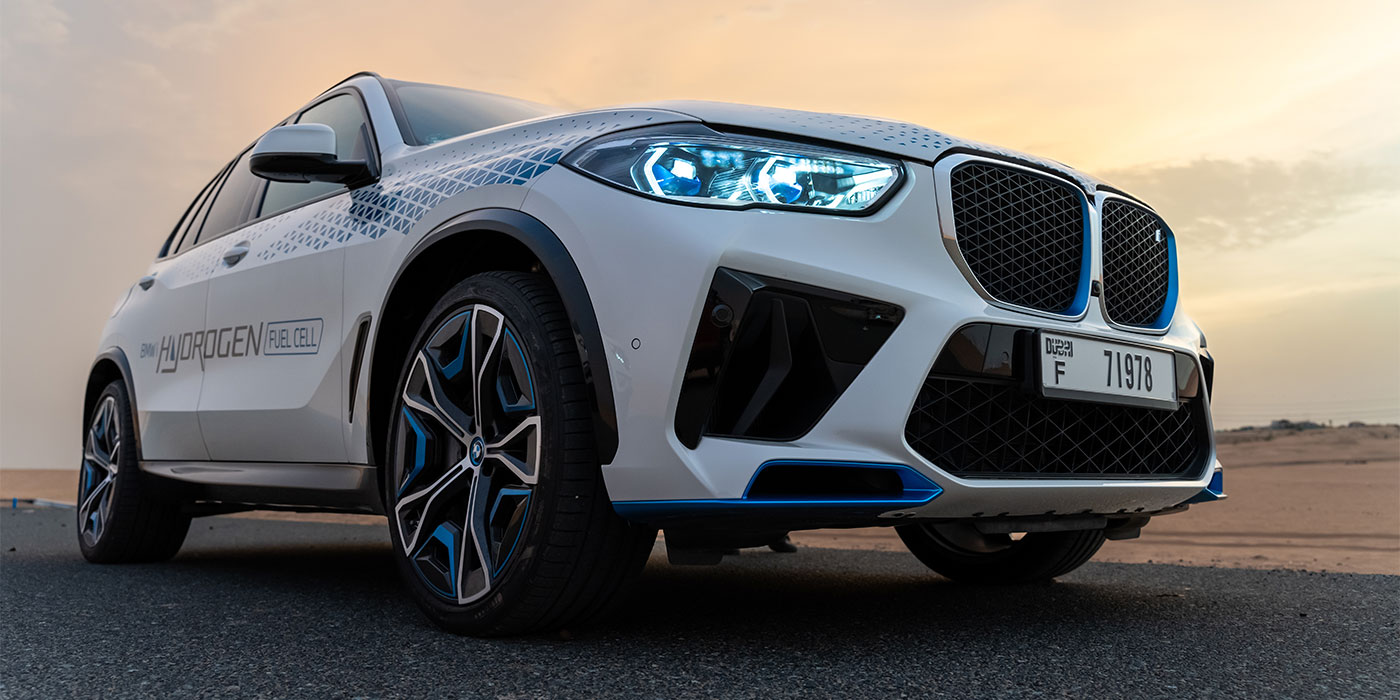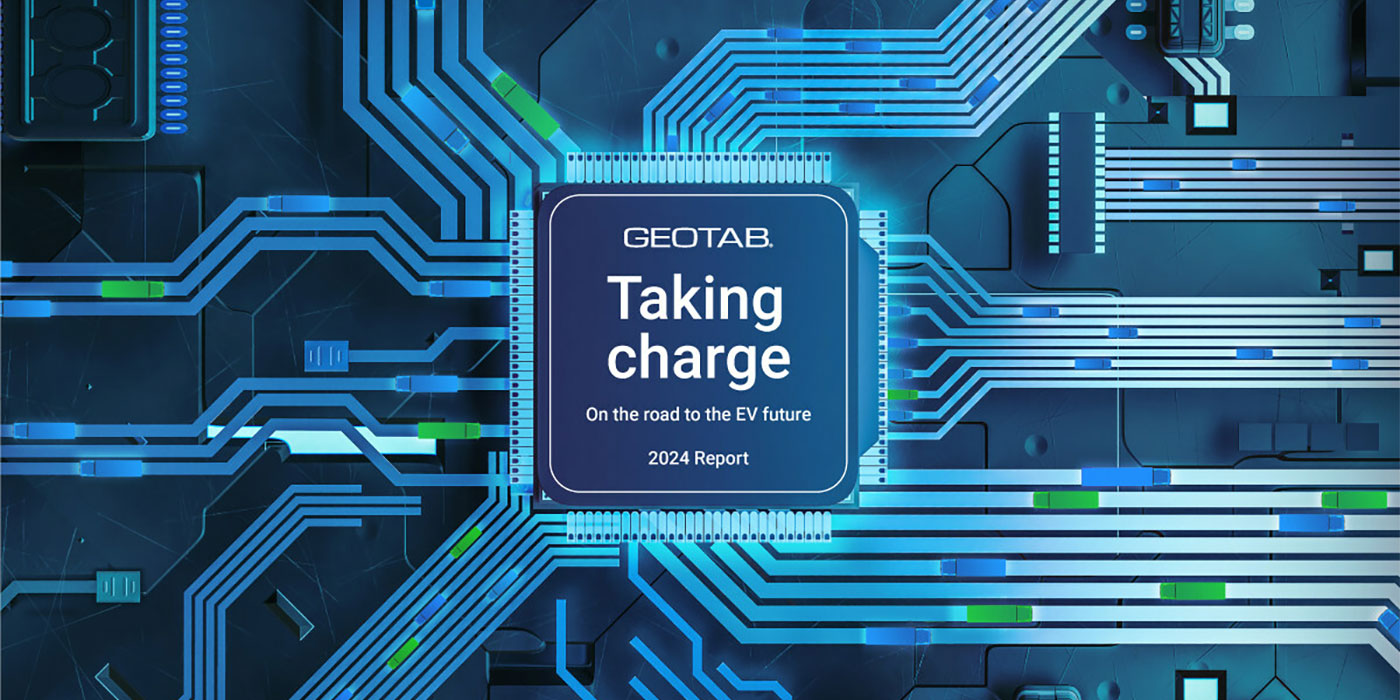The IDTechEx report “Charging Infrastructure for Electric Vehicles and Fleets 2021-2031” finds that the total number of electric vehicle charging outlets surpassed 1 million in 2020, with both China and Europe at or below the optimum 10 electric vehicles per charging outlet. The U.S. is lagging at approximately 17 electric vehicles per outlet, but with a cool $174 billion earmarked by the Biden administration for electric vehicle and charging infrastructure market development, the tide is turning.
Is all charging created equal? No. Considering only power delivery, there are three ‘levels’ of electric vehicle charger.
Level 1 chargers plug into ordinary electrical outlets and typically supply AC power in the 1–3kW range; it would take a 40kWh battery over 13 hours to fully charge with a 3kW level 1 charger. Therefore, level 1 chargers are primarily intended for a slow charge overnight, or as something to keep in the trunk for emergencies.
In contrast, level 2 chargers are AC chargers capable of powers between 3–22kW; they are typically wall or ground mounted and do not plug into ordinary electrical outlets. Level 1 and level 2 chargers can both be purchased for less than $1,000 each, with level 2 chargers carrying additional installation costs. Due to their low cost and higher charging rates than level 1, level 2 chargers are currently the most popular type of public charger.
In the ideal scenario, it would take a 40kWh battery over 1.8 hours to charge with a 22kW level 2 charger. However, the problem with level 1 and level 2 chargers is the AC power delivery, which requires conversion to DC before it can charge a battery. This is the function of a vehicle’s “onboard charger”: an onboard AC–DC converter (aka a rectifier). Today, most new electric car models contain 7-11kW onboard chargers, with luxury models typically ranging from 15-22kW. The issue is that the onboard charger is a bottleneck: a BMW i3 plugged into a 22kW AC charger will only charge at 11kW, because this is the capacity of its onboard charger.
This is where a level 3, or “DC fast charger,” comes in. DC fast chargers contain an integrated rectifier that can bypass the onboard charger, allowing much greater power rates between 50kW to potentially 400kW. But what exactly is the “next level?” Or, in other words, the “right” level for a DC fast charger?
Due to integrated rectifiers and greater installation costs, DC fast chargers cost an order of magnitude higher than AC chargers, typically between $50,000-$100,000. But, as rated powers increase to hundreds of kW, this can span into the hundreds of thousands of dollars, creating a law of diminishing returns between time savings (or “convenience”) to the vehicle owner and the upfront cost of the DC fast charger. The sweet spot is 100-150kW; at this level, a 40kWh battery will charge in over 20 mins – much more coffee-breakable. Any faster, and the costs of the charger and associated installation and electrical infrastructure upgrades increase greatly while saving the vehicle owner several minutes of charging time; any slower and you might need to buy two coffees.

